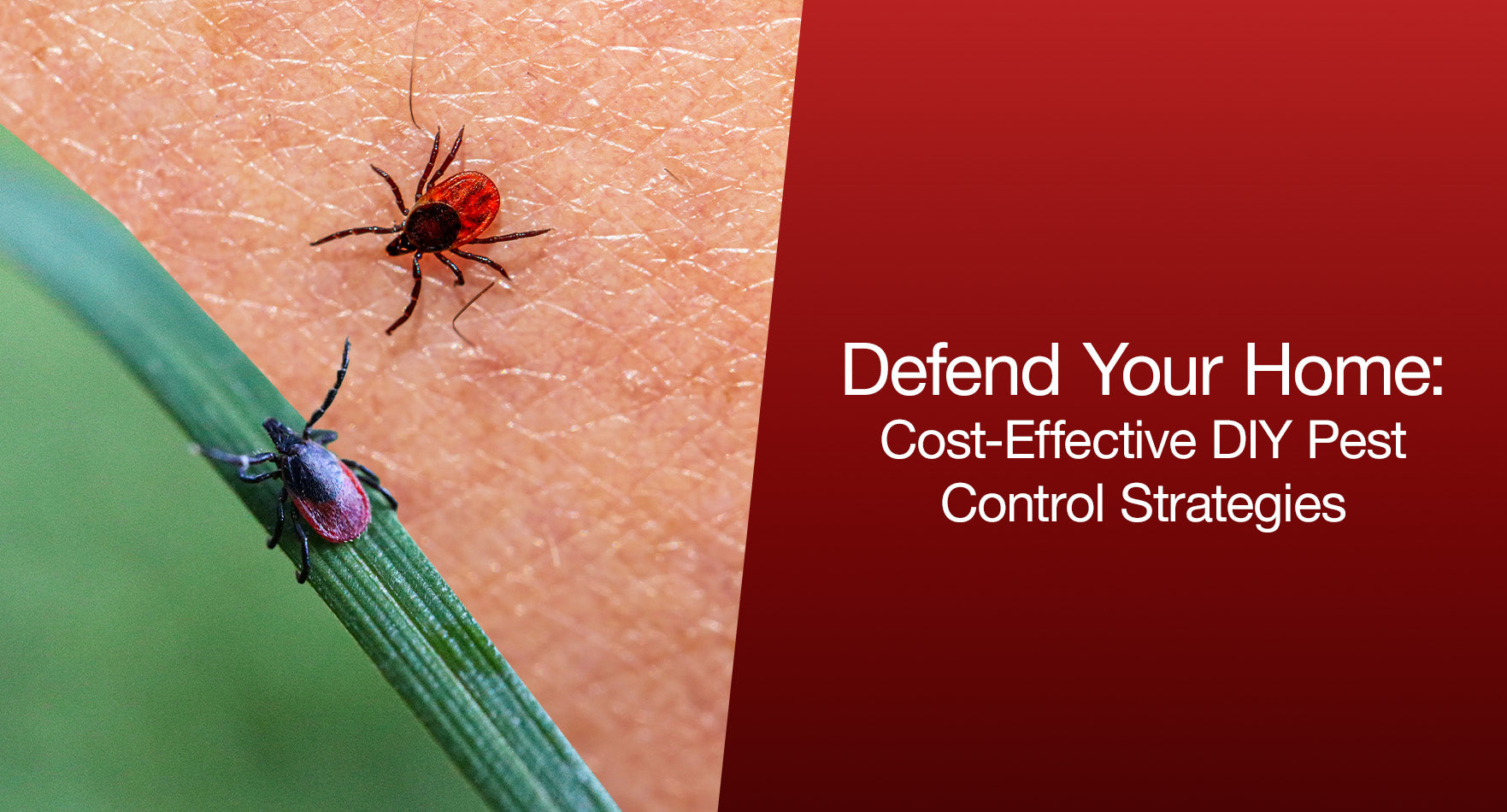Pests can be more than just a nuisance; they can pose health risks and cause damage to your home. However, hiring professional pest control services can be expensive. The good news is that you can effectively manage and eliminate many pests with cost-effective DIY strategies. Here’s a guide to help you defend your home without breaking the bank.
1. Prevention is Key
The best way to deal with pests is to prevent them from entering your home in the first place.
- Seal Cracks and Gaps: Inspect your home for cracks and gaps around windows, doors, and the foundation. Use caulk or weather stripping to seal these entry points.
- Install Door Sweeps: Add door sweeps to the bottom of exterior doors to block pests from entering.
- Fix Leaks: Repair any leaking pipes and faucets to reduce moisture, which can attract pests.
2. Maintain a Clean Environment
A clean home is less attractive to pests. Regular cleaning can help prevent infestations.
- Kitchen Cleanliness: Clean up spills and crumbs immediately. Wipe down countertops, sweep floors, and take out the trash regularly.
- Store Food Properly: Keep food in sealed containers and avoid leaving pet food out overnight.
- Declutter: Reduce clutter in your home, especially in storage areas, to eliminate hiding spots for pests.
3. DIY Pest Control Solutions
Use simple and inexpensive household items to create effective pest control solutions.
- Vinegar and Water: A mixture of vinegar and water can repel ants. Spray it around entry points and areas where you've seen ants.
- Essential Oils: Essential oils like peppermint, eucalyptus, and lavender can deter pests. Mix a few drops with water and spray around your home.
- Boric Acid: Boric acid is effective against cockroaches and ants. Sprinkle it in areas where you've seen these pests, but keep it out of reach of children and pets.
- Baking Soda and Sugar: A mix of baking soda and sugar can help control roaches. The sugar attracts them, and the baking soda kills them.
4. Use Traps
Traps are a cost-effective way to monitor and control pest activity.
- Sticky Traps: Place sticky traps in areas where you've seen insects to capture them and monitor their numbers.
- Snap Traps: Use snap traps for rodents, placing them along walls and in dark corners where rodents are likely to travel.
- DIY Fruit Fly Traps: A jar filled with apple cider vinegar and a few drops of dish soap can attract and trap fruit flies.
5. Outdoor Maintenance
Taking care of the exterior of your home can prevent pests from finding their way inside.
- Trim Vegetation: Keep shrubs, trees, and other vegetation trimmed back from your home to eliminate bridges for pests to enter.
- Yard Cleanup: Remove piles of leaves, wood, and other debris that can serve as breeding grounds for pests.
- Proper Drainage: Ensure your yard has proper drainage to prevent standing water, which can attract mosquitoes and other insects.
6. Natural Predators
Encouraging natural predators can help control pest populations.
- Birdhouses: Install birdhouses to attract birds that feed on insects.
- Beneficial Insects: Introduce beneficial insects like ladybugs and praying mantises to your garden to help control pests naturally.
7. Regular Inspections
Regular inspections can help you catch pest problems early before they become severe.
- Monthly Checks: Conduct monthly checks of your home, looking for signs of pests such as droppings, gnaw marks, or nests.
- Seasonal Maintenance: Perform seasonal maintenance tasks like cleaning gutters and inspecting the roof to prevent pest entry points.
8. Invest in a Backpack Sprayer
A backpack sprayer is a versatile and cost-effective tool for homeowners looking to handle pest control on their own.
- Efficient Coverage: Backpack sprayers allow you to cover large areas quickly and evenly, making them ideal for both indoor and outdoor use.
- Ease of Use: With adjustable nozzles and comfortable straps, backpack sprayers are easy to use and reduce fatigue during application.
- Cost-Effective: Investing in a backpack sprayer can save you money in the long run by reducing the need for professional pest control services. You can use it for various applications, from pest control to garden care.
- Flexible Solutions: You can fill your sprayer with a variety of solutions, whether you're using natural remedies, commercial pesticides, or homemade mixtures.
Defending your home against pests doesn’t have to be expensive. With these cost-effective DIY pest control strategies, you can keep your home pest-free without breaking the bank. By focusing on prevention, maintaining cleanliness, using simple DIY solutions, and investing in a versatile tool like a backpack sprayer, you can effectively manage and eliminate pests. Regular maintenance and vigilance are key to ensuring your home remains a safe and comfortable haven for you and your family. Happy pest-proofing!










